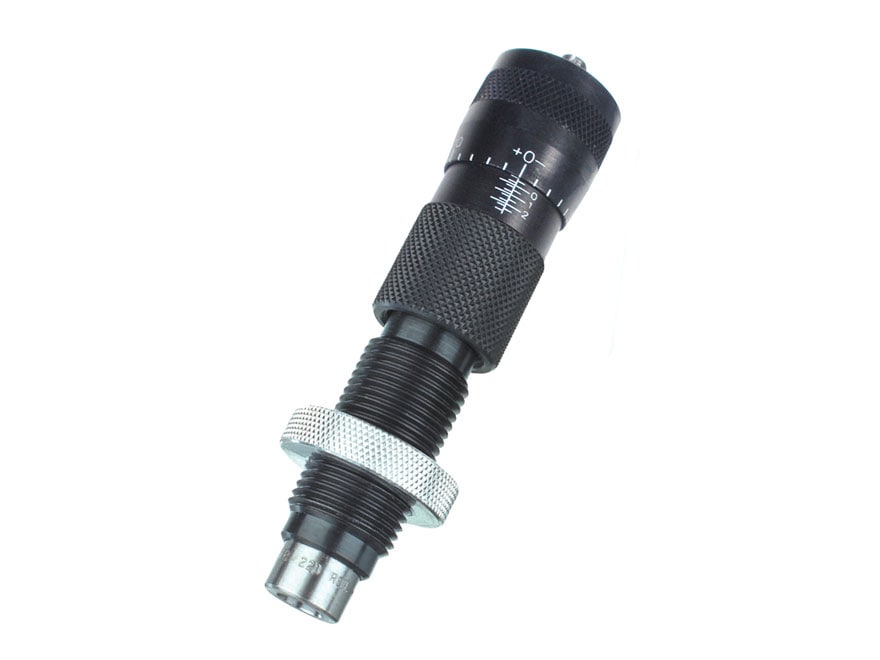Bronze Supporter
- Messages
- 16,926
- Reactions
- 27,817
Got a caliper?
Try measuring......
The bullet you intend to use.
The "expander button".
Try actually seating a bullet. Yes, sometimes you might have to gingerly place the bullet at the case mouth opening (while moving the ram up to seat the bullet). Sometimes the brass might spring back a bit. BUT......in most instances.......it's not REALLY a problem.
Aloha, Mark
Try measuring......
The bullet you intend to use.
The "expander button".
Try actually seating a bullet. Yes, sometimes you might have to gingerly place the bullet at the case mouth opening (while moving the ram up to seat the bullet). Sometimes the brass might spring back a bit. BUT......in most instances.......it's not REALLY a problem.
Aloha, Mark














